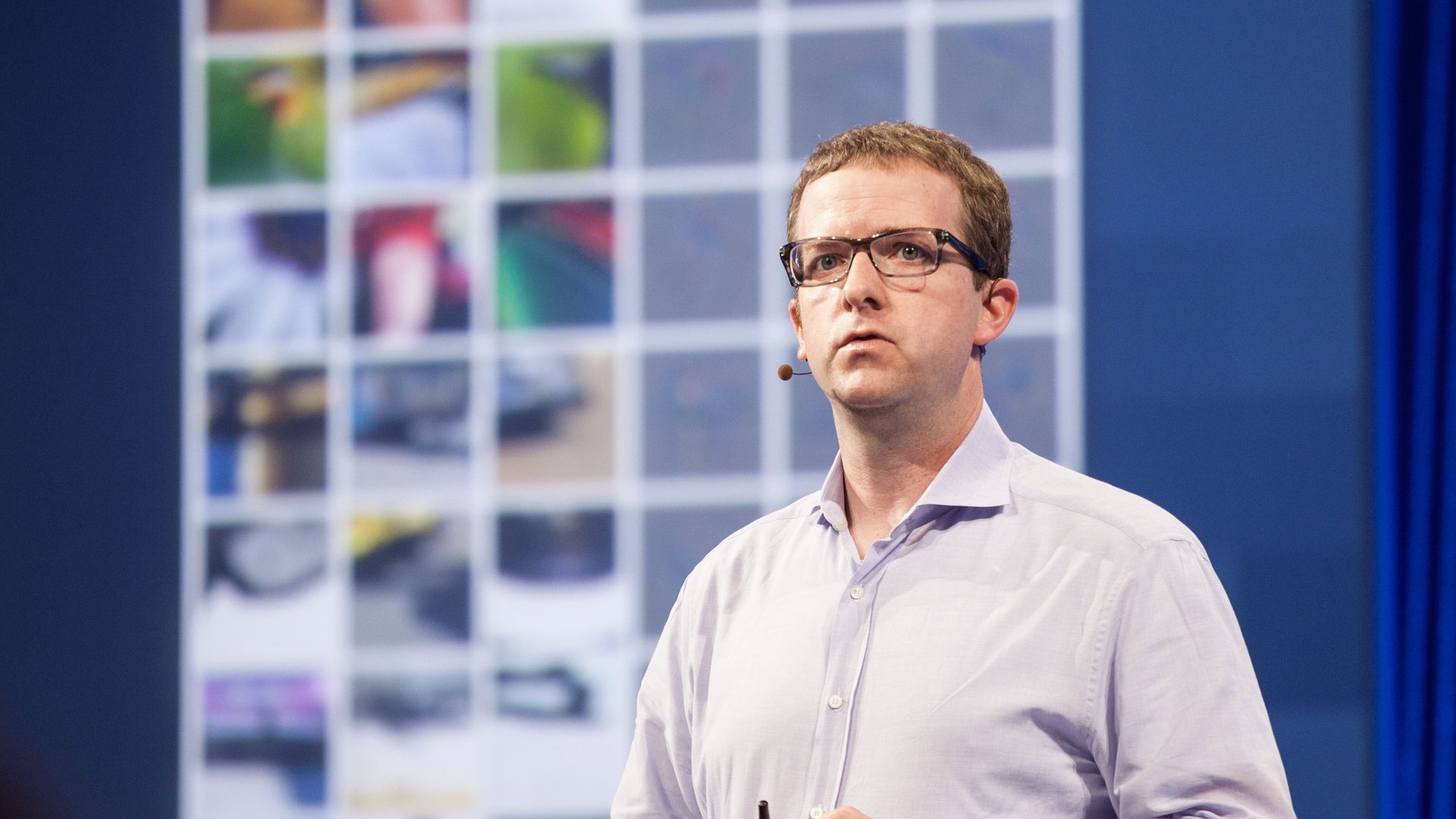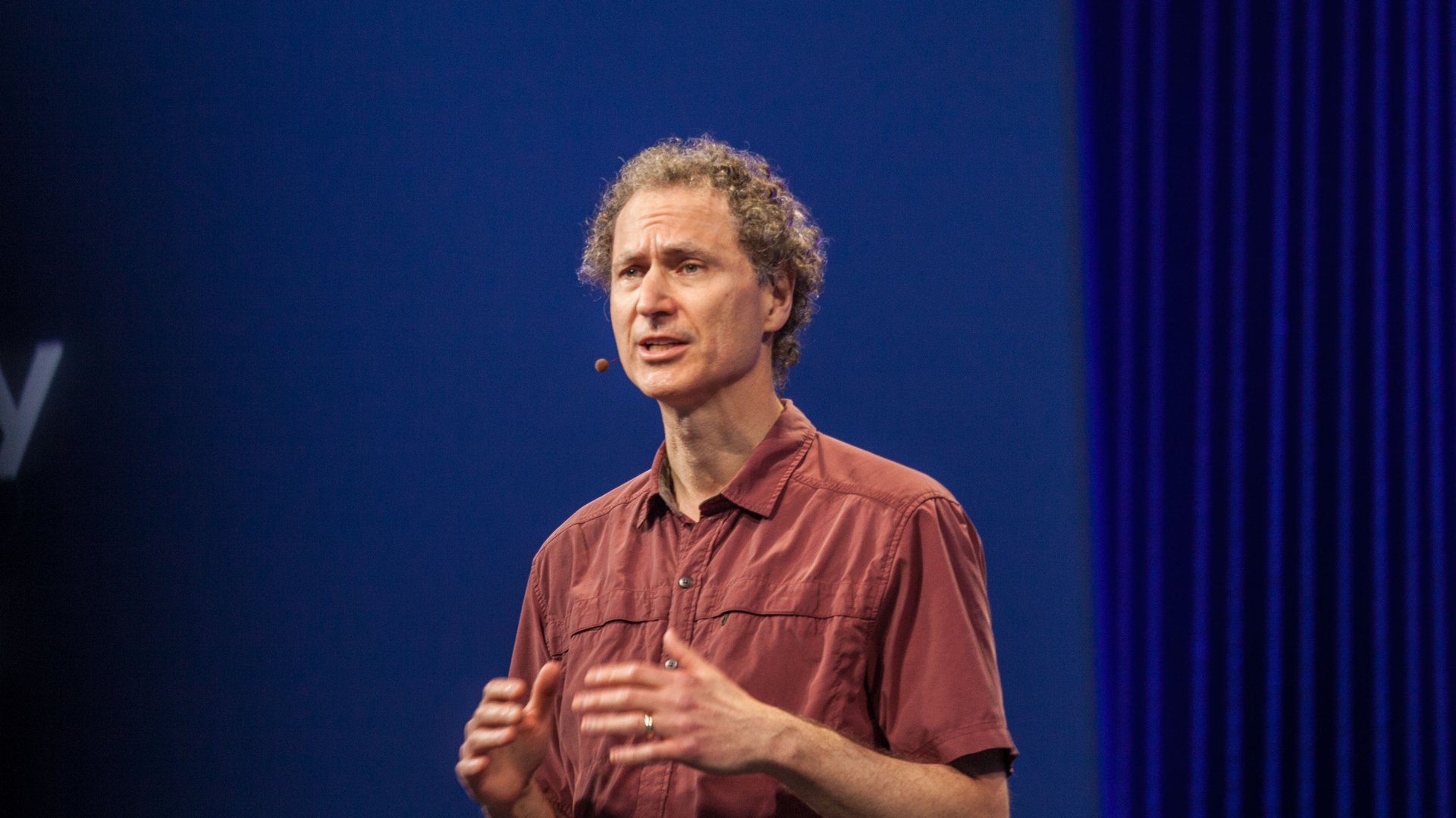Coming to Facebook: immersive virtual reality, so your friends can take that vacation with you
When Facebook acquired the startup Oculus VR last year for $2 billion, many observers scratched their heads, unsure how the cutting-edge virtual reality technology would fit into the social network’s vision.


When Facebook acquired the startup Oculus VR last year for $2 billion, many observers scratched their heads, unsure how the cutting-edge virtual reality technology would fit into the social network’s vision.
At Facebook’s developer conference this week, the company shed some light on its vision for that integration. The idea is to use Oculus to create more immersive experiences for Facebook users, enabling people to relive moments from their friends’ lives.
Mike Schroepfer, Facebook’s chief technology officer, gave the example of his four-year-old daughter, who over the weekend rode her bike without training wheels for the first time. “I wish everyone could’ve been teleported to that moment,” the proud dad said at the conference, F8.
What he envisions are Facebook posts that let people do just that—experience an event as if they were there. The goal, he said, is to ”build immersive new technologies that truly give you a sense of presence.” In other words: virtual reality on Facebook.
As it stands, virtual reality is still far from the mainstream. CEO Mark Zuckerberg has said in the past that for the Oculus headset to become “a meaningful platform,” it will have to sell 50 million to 100 million units. Thus far, Oculus has shipped a “few hundred thousand” developer kits, said Schroepfer. Without offering a firm timeline, the company only went so far as to say that it’ll release a consumer version ”soon.”

Oculus’s chief scientist, Michael Abrash, said advances made in the field will eventually blur the line between virtual reality and reality. He used a series of optical illusions to demonstrate how the brain often fools the eye by using contextual information, such as lighting or lines, to fill in the gaps in an image (see: the dress).
But virtual reality won’t actually seem real until the “brain accepts our avatars as people,” he said, which will require modeling realistic eye, face, hand, and body movements.
At that point, it’s not too far a leap to say that as the technology improves, Facebook could one day resemble a more lifelike version of the game Second Life, where users interact with ultra-realistic, virtual representations of their friends. This means all the people who missed Schroepfer’s daughter riding her bike could theoretically “teleport” there, soak in the scenery, and experience the joy of the moment.
“What does this all mean?” Abrash asked as he closed his keynote. “It means buckle your seat belt, Dorothy, because Kansas is going bye-bye.”